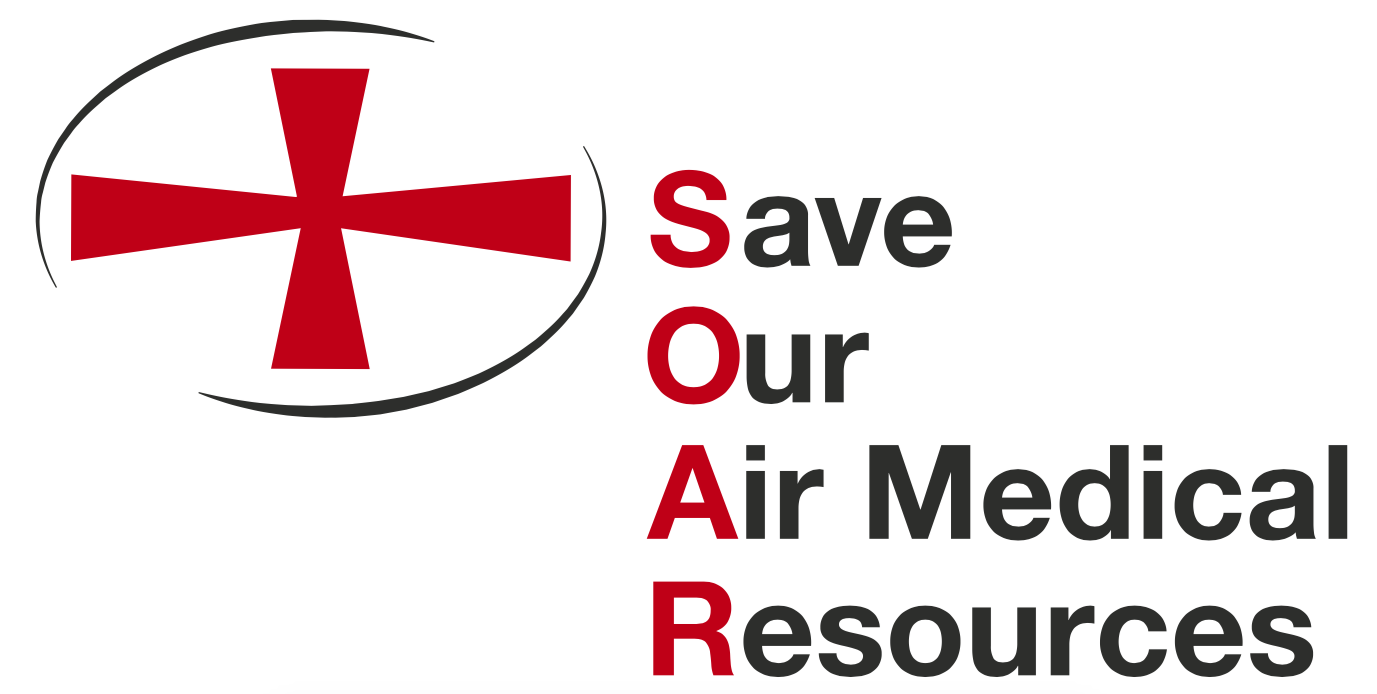Demetrios Kouzoukas
Principal Deputy Administrator
Centers for Medicare & Medicaid Services
200 Independence Avenue SW
Washington, DC 20201
Dear Mr. Kouzoukas:
We are a group of patient and consumer advocates dedicated to preserving access to emergency air medical resources for Americans across the country, particularly in rural areas. We are writing to request the Centers for Medicare & Medicaid Services (CMS) use its legal authority to adjust the payment rates under the ambulance fee schedule (AFS) to account for the increased costs of providing air medical services, and, if needed, to require cost reporting from air ambulance providers and use that data to adjust the payment rates under the AFS, beyond incremental adjustments made as part of the annual ambulance inflation factor (AIF).
Today’s Medicare air ambulance fee schedule has not kept pace with the cost of providing air medical services due to the adoption of new technologies in medical equipment and patient care therapies, clinical training, aviation training, aviation technologies and aviation safety equipment – all of which have emerged as industry standards. All of these innovations have occurred since the fee schedule was first implemented over 20 years ago and have resulted in both a higher level of safety and patient care, yet they are not factored into the air medical reimbursement rate.
CMS has the clear authority to adjust payment rates under the AFS, yet it has not done so for air ambulance providers (beyond yearly adjustments to the AIF) since it was first established in 2002. Section 1834(l) of the Social Security Act states that CMS “shall … consider adjustments to payment rates to account for inflation and other relevant factors” in its administration of the AFS. Given CMS’ clear mandate to consider “other relevant factors”, Congress clearly intended to grant CMS flexibility in accounting for and determining payment rates. The actual costs incurred by air ambulance providers is certainly a relevant factor the agency should consider in determining rates, and CMS could (and should) require cost reporting from providers to carry out this duty.
In addition, collecting data on air ambulance costs directly from providers will increase transparency in the industry and help set accurate payment rates. This will in turn help stabilize the air medical marketplace and stop the cost shifting that has become necessary due to low Medicare and Medicaid reimbursement rates for air medical services that only reimburse approximately half of the costs of an average transport. This will benefit consumers not covered by Medicare or Medicaid as well, since cost shifting often leads private insurers to deny coverage of services and results in individuals forced to grapple with high balance bills.
According to the Association of Air Medical Services (AAMS), 57 air medical bases were forced to close last year, citing low government insurance reimbursement rates. To preserve and protect access to this critical service, particularly in underserved rural areas facing rampant hospital closures, CMS must properly adjust payment rates under the AFS to account for the increased costs of providing air medical services and, if necessary, require cost reporting from air ambulance providers to do so.
We urge you to take immediate action on this matter to protect the air medical industry and preserve access to emergency care for millions of Americans.
Sincerely,
Susan H. Connors, President & CEO Christina Kanmaz, Spokesperson
Brain Injury Association of America (BIAA) Save Our Air Medical Resources (SOAR)

